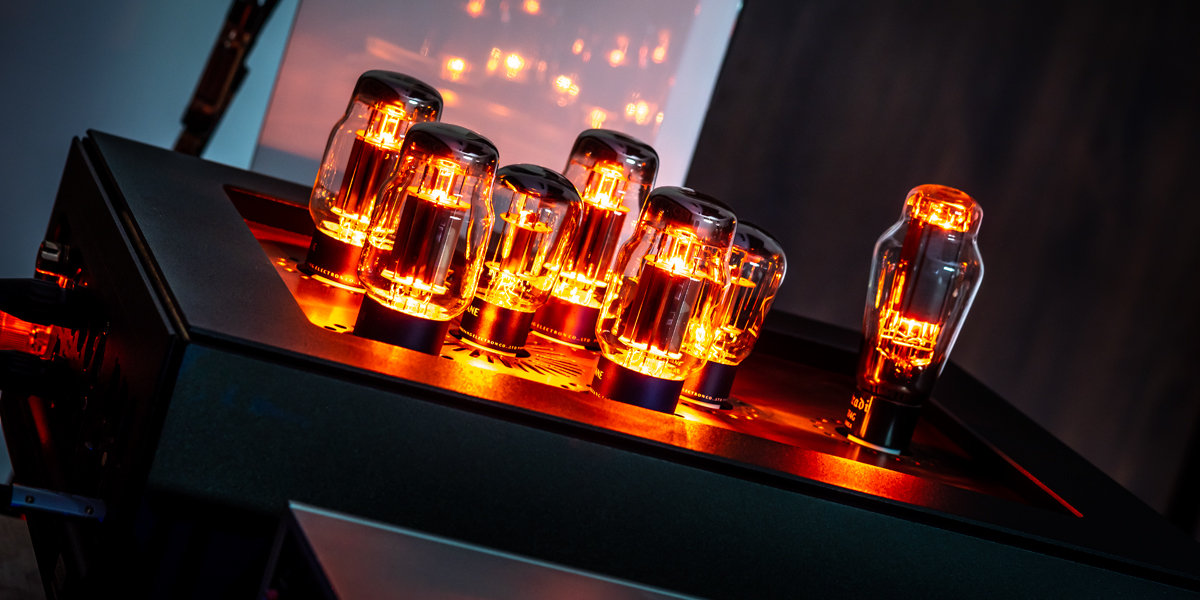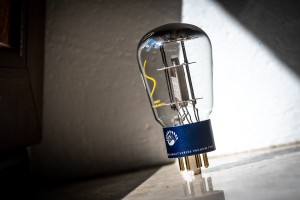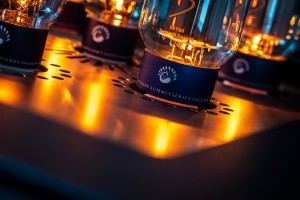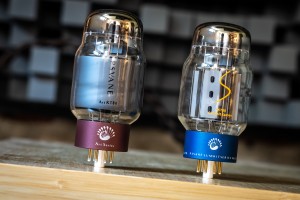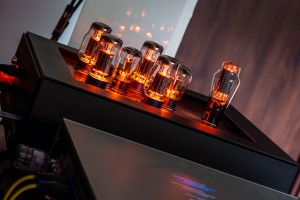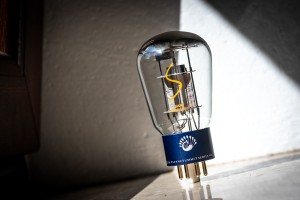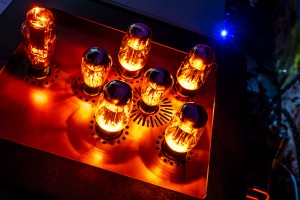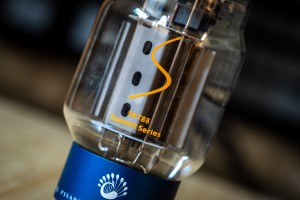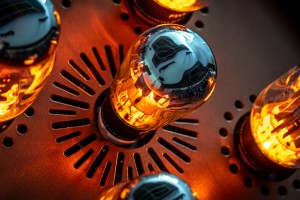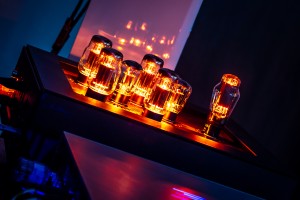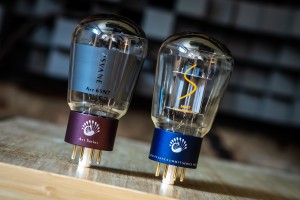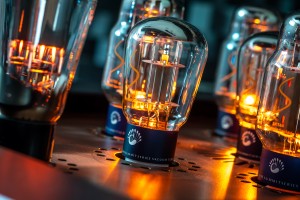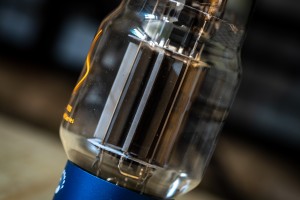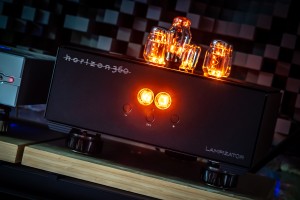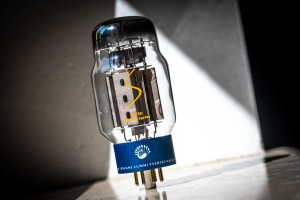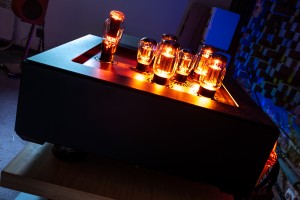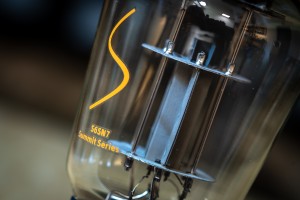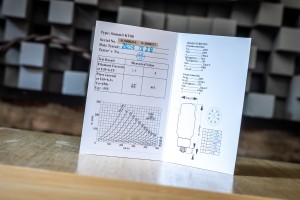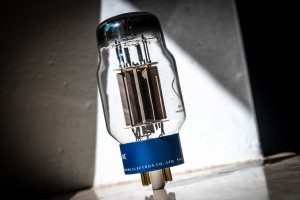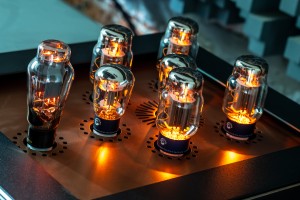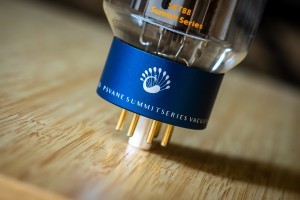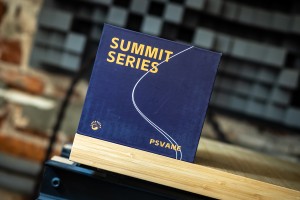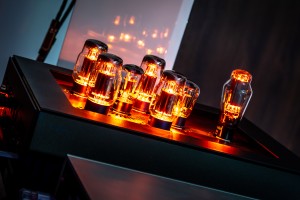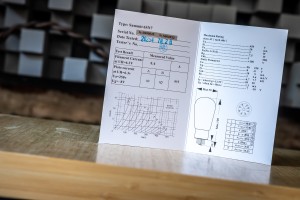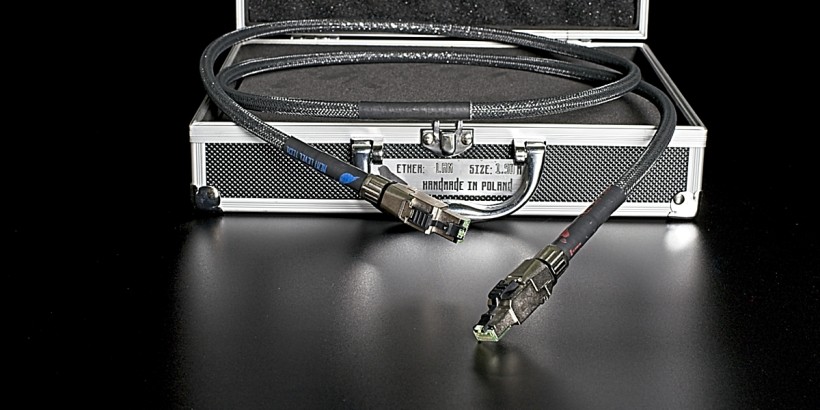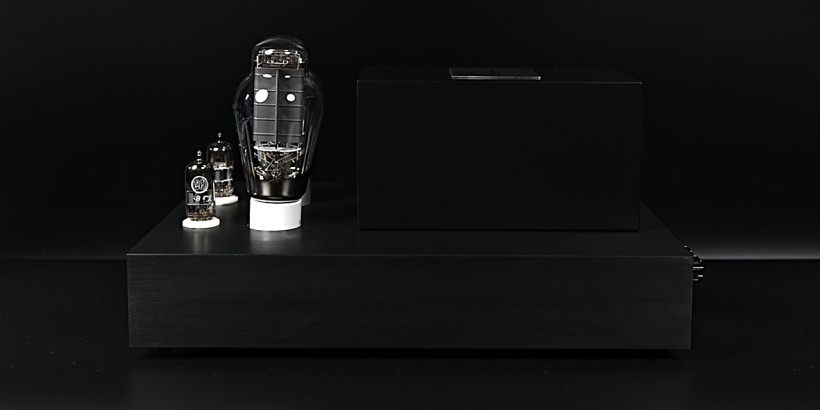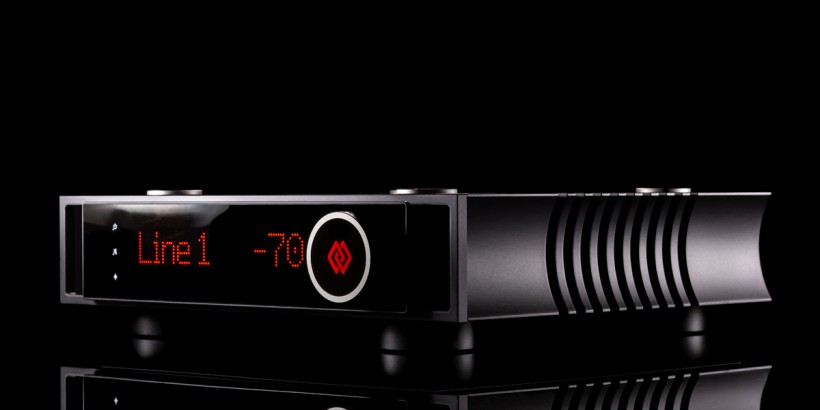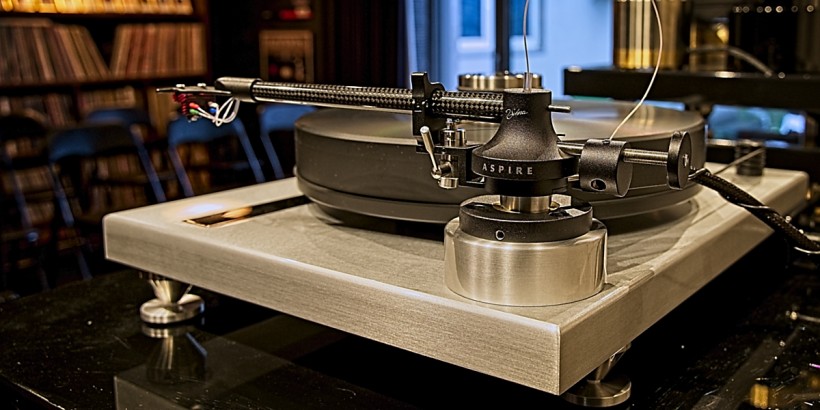The name of Psvane’s latest range named Summit suggests us that it may pack the very best tubes this Chinese company can currently manufacture. I was sent a quad of Psvane Summit KT88s and two 6SN7 types and this report is all about them.
The peak?
Founded in 2011, Psvane is a Chinese vacuum tube manufacturer that originated when a group of senior engineers, previously part of Shuguang’s R&D team responsible for the popular black-colored Shuguang Treasure tubes, branched off and formed their own company Changsha Hengyang Electronics, which operates under the trade name Psvane Audio. Initially, they produced tubes under contract at Shuguang. In mid 2011 however they secured their own production capability by setting up a facility near Shuguang. Then they acquired the Guiguang Tube Factory and associated equipment, plus key talent including a former Shuguang chief designer. This laid the foundation for Psvane’s fully independent manufacturing and R&D operations. 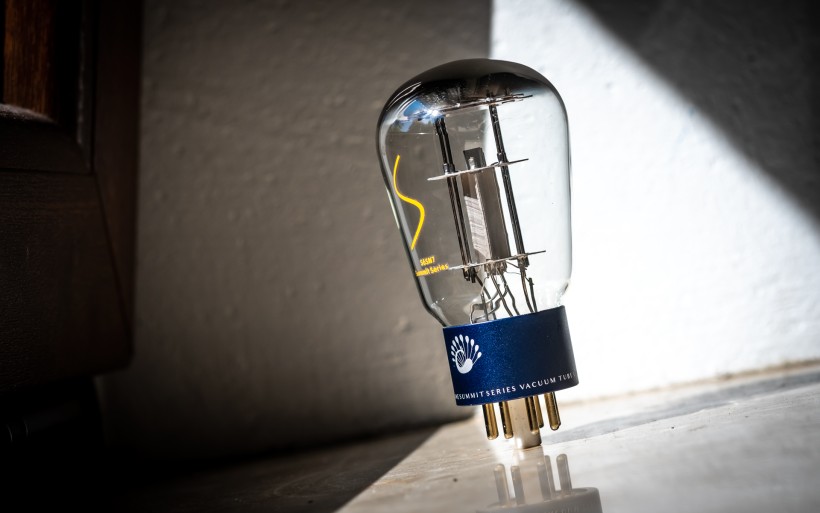 It’s fair to point out that Psvane’s manufacturing facility in Hengyang is among the world’s largest and most specialized. A team of over 10 senior engineers, each with 30+ years experience, oversees 300-strong production staff that makes roughly 1.6 million tubes annually. Should we think that their vintage kind is dying, Psvane proves us that this is not the case in the slightest. Their current roster spreads across six different series. The ‘Tresure’ family comprises Legacy models clearly inspired by Shuguang’s “black bottle” designs, ‘Horizon’ is the entry-level range, the ‘Legend’ branch comprises tubes that on visual and technical aspects have been designed as 1:1 Western Electric replicas, and the ‘ART’ pack is the company’s higher-tiered premium proposition. Until recently Psvane’s ‘ACME’ tubes were top performers. Now the ‘Summit’ range built upon 300B, 845, 6SN7 and KT88 models is the manufacturer’s best and most dear.
It’s fair to point out that Psvane’s manufacturing facility in Hengyang is among the world’s largest and most specialized. A team of over 10 senior engineers, each with 30+ years experience, oversees 300-strong production staff that makes roughly 1.6 million tubes annually. Should we think that their vintage kind is dying, Psvane proves us that this is not the case in the slightest. Their current roster spreads across six different series. The ‘Tresure’ family comprises Legacy models clearly inspired by Shuguang’s “black bottle” designs, ‘Horizon’ is the entry-level range, the ‘Legend’ branch comprises tubes that on visual and technical aspects have been designed as 1:1 Western Electric replicas, and the ‘ART’ pack is the company’s higher-tiered premium proposition. Until recently Psvane’s ‘ACME’ tubes were top performers. Now the ‘Summit’ range built upon 300B, 845, 6SN7 and KT88 models is the manufacturer’s best and most dear. 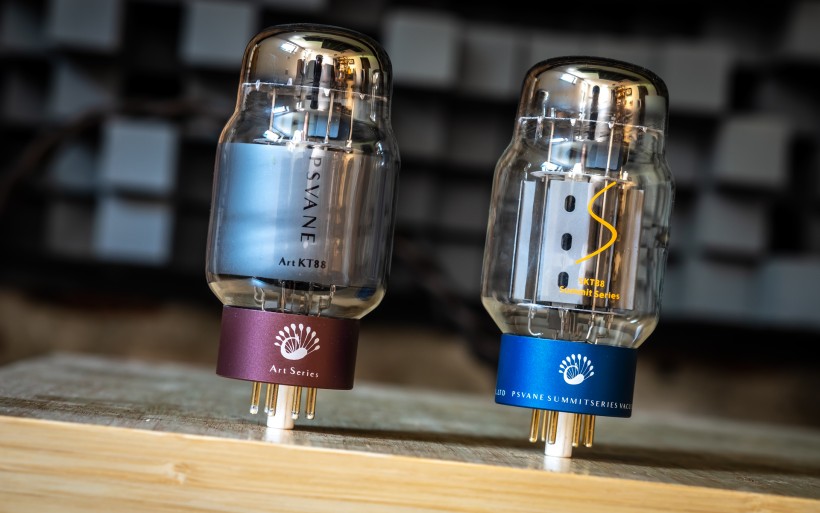 Not only Psvane expressed their interest in sending me over some of their Summit tubes for testing, they also didn’t mind me using them exclusively in my DAC. Just to give you some extra context, my three previous DACs featured tube rectifiers and had directly-heated triodes in their output stages. Each tube swap in these machines was pronounced more than I expected and at times really large. For a long time I haven’t put any thought into why this may be the case. Recently that changed, courtesy of this short article authored by Srajan. Should we want to enjoy the full undiluted aroma of DHTs, he points out that it’s best to exploit them in devices that see fixed and high input Ω. Tube amps with output transformers on board don’t fit the profile, DHT-infused DACs and preamps very much do. While this hardware is rare, it exists. In fact, my three previous LampizatOr DACs (twin-box Level7, Golden Gate and Pacific) followed suit on that score. None had output transformers and each incorporated DHTs as cruising buffers either with zero or minimal gain.
Not only Psvane expressed their interest in sending me over some of their Summit tubes for testing, they also didn’t mind me using them exclusively in my DAC. Just to give you some extra context, my three previous DACs featured tube rectifiers and had directly-heated triodes in their output stages. Each tube swap in these machines was pronounced more than I expected and at times really large. For a long time I haven’t put any thought into why this may be the case. Recently that changed, courtesy of this short article authored by Srajan. Should we want to enjoy the full undiluted aroma of DHTs, he points out that it’s best to exploit them in devices that see fixed and high input Ω. Tube amps with output transformers on board don’t fit the profile, DHT-infused DACs and preamps very much do. While this hardware is rare, it exists. In fact, my three previous LampizatOr DACs (twin-box Level7, Golden Gate and Pacific) followed suit on that score. None had output transformers and each incorporated DHTs as cruising buffers either with zero or minimal gain. 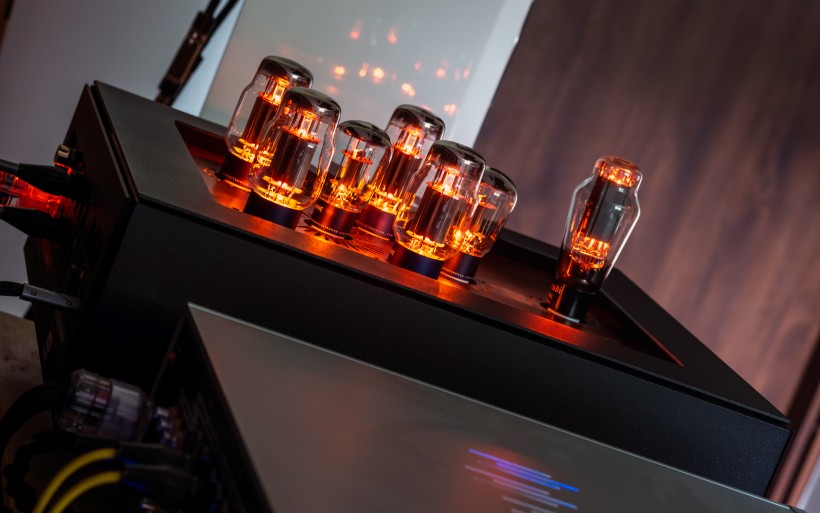 LampizatOr Horizon360 is its makers’ first DAC that rocks pentode output stage, which in this application enjoys a full-wave rectifier and dual triodes used as output voltage converters. This is why my loaner request at Psvane had their latest KT88 and 6SN7 as the two models fit for the job out of four ‘Summit’ designs in total. Since Horizon360 is a fully balanced DAC, I asked for a matched quad of KT88s and two matched 6SN7s. Ask and you shall receive. My contact at Psvane – Melody – happily obliged. The package was delivered to my doorstep some two weeks past our initial contact. A large cardboard busy with foam liners stored three very nice boxes and their key ingredients arrived intact. Twin 6SN7s shared one cardboard and each KT88 pair enjoyed their own. The overall packaging scheme was nice both inside and out. Each box also had a leaflet with specs, serial number and QC confirmation for contents inside. These tubes felt hefty and robust in hand and each was executed to a very high standard. In the past I used Psvane WE-101D-L DHTs and on occasion their 274B rectifier that I still have. The difference on glass thickness between them and today’s subjects was substantial to put it mildly. I’m no tube expert, so perhaps this is by design? Anyhow, Summit KT88 and 6SN7 feature the manufacturer’s proprietary multi-layer HPC (High Performance Cathode) composite coating applied on cathodes to do several things. First and foremost, this tech increases cathode electron emission and improves heat dissipation. The beneficial byproducts of this action take the form of greater vacuum, extended tube lifespan, reduced distortion and consequently better sound.
LampizatOr Horizon360 is its makers’ first DAC that rocks pentode output stage, which in this application enjoys a full-wave rectifier and dual triodes used as output voltage converters. This is why my loaner request at Psvane had their latest KT88 and 6SN7 as the two models fit for the job out of four ‘Summit’ designs in total. Since Horizon360 is a fully balanced DAC, I asked for a matched quad of KT88s and two matched 6SN7s. Ask and you shall receive. My contact at Psvane – Melody – happily obliged. The package was delivered to my doorstep some two weeks past our initial contact. A large cardboard busy with foam liners stored three very nice boxes and their key ingredients arrived intact. Twin 6SN7s shared one cardboard and each KT88 pair enjoyed their own. The overall packaging scheme was nice both inside and out. Each box also had a leaflet with specs, serial number and QC confirmation for contents inside. These tubes felt hefty and robust in hand and each was executed to a very high standard. In the past I used Psvane WE-101D-L DHTs and on occasion their 274B rectifier that I still have. The difference on glass thickness between them and today’s subjects was substantial to put it mildly. I’m no tube expert, so perhaps this is by design? Anyhow, Summit KT88 and 6SN7 feature the manufacturer’s proprietary multi-layer HPC (High Performance Cathode) composite coating applied on cathodes to do several things. First and foremost, this tech increases cathode electron emission and improves heat dissipation. The beneficial byproducts of this action take the form of greater vacuum, extended tube lifespan, reduced distortion and consequently better sound. 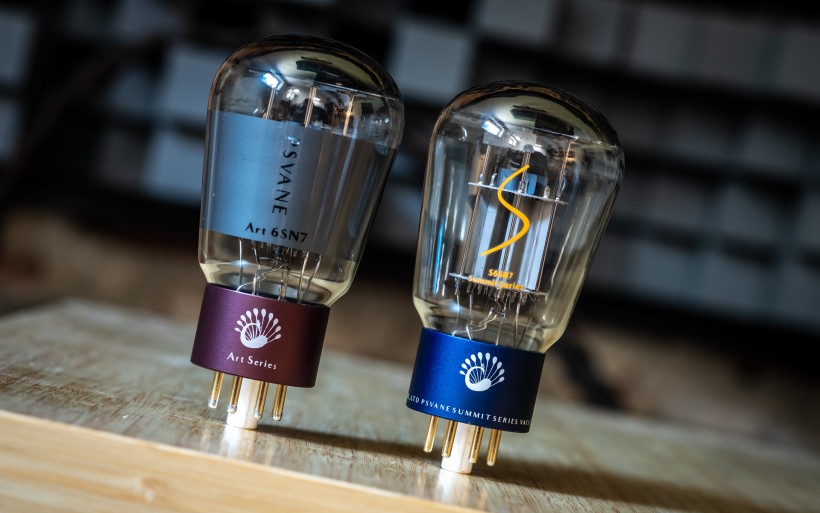 This report’s tubes also are heavy on the bottom due to their dense ceramic bases and that’s also by design. The heavier they are, the more mechanically stable they are in their sockets. Lastly, the manufacturer informs us that only the top 2-3% of tubes from each production batch qualify for the ‘Summit’ badge. Their price rather accurately reflects their elevated status. A quad of Summit KT88s wants $655 and one matched pair of 6SN7s is priced at $398. Should we think that this is a tall financial order, well, as with all things in life it depends. Using these tubes in a €1’000 amp may not be the best ROI, but LampizatOr Horizon360 is a €55’000 machine. A set of excellent decades-old NOS specimens for it can easily exceed €10’000. Shoppers used to spending this much on glowing bits for this DAC may find today’s Summit range a major bargain if it delivers where it counts. I’ll leave this resource-intense matter up to them.
This report’s tubes also are heavy on the bottom due to their dense ceramic bases and that’s also by design. The heavier they are, the more mechanically stable they are in their sockets. Lastly, the manufacturer informs us that only the top 2-3% of tubes from each production batch qualify for the ‘Summit’ badge. Their price rather accurately reflects their elevated status. A quad of Summit KT88s wants $655 and one matched pair of 6SN7s is priced at $398. Should we think that this is a tall financial order, well, as with all things in life it depends. Using these tubes in a €1’000 amp may not be the best ROI, but LampizatOr Horizon360 is a €55’000 machine. A set of excellent decades-old NOS specimens for it can easily exceed €10’000. Shoppers used to spending this much on glowing bits for this DAC may find today’s Summit range a major bargain if it delivers where it counts. I’ll leave this resource-intense matter up to them.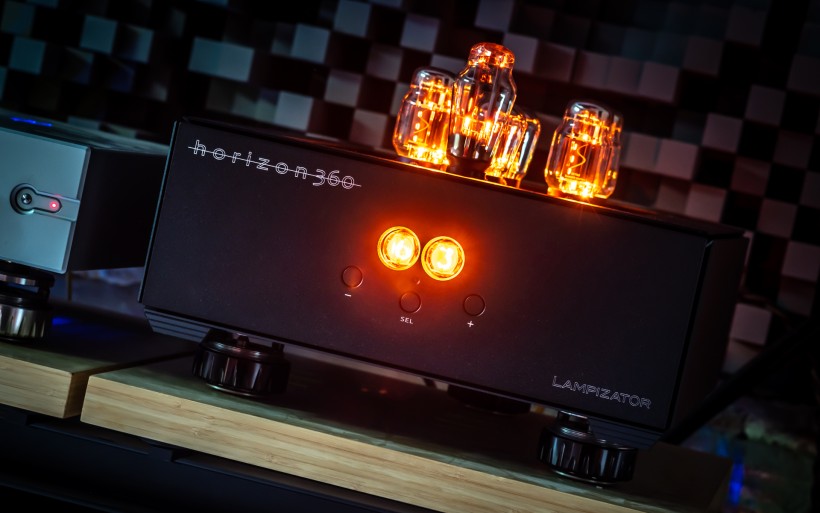 I had my own agenda. At the time when I purchased my Horizon360 DAC, LampizatOr’s CEO Łukasz Fikus had available Psvane ART-series TIII KT88s and 6SN7s, which are respectively priced at $495/4 and $284/2. The difference between the ART TIII stack and its Summit-tiered equivalents is $274, which I think is not a lot. My intended plan of evaluating the latter batch should be obvious by now. First I used my DAC with ART TIII tubes installed. Then I swapped only 6SN7 types and had a listen. Then I returned to my stock tubes. Rinse and repeat as many times as it was necessary. Once this was done and dusted, the routine was repeated with KT88s only. Then the full ART TIII family clashed with Summit types.
I had my own agenda. At the time when I purchased my Horizon360 DAC, LampizatOr’s CEO Łukasz Fikus had available Psvane ART-series TIII KT88s and 6SN7s, which are respectively priced at $495/4 and $284/2. The difference between the ART TIII stack and its Summit-tiered equivalents is $274, which I think is not a lot. My intended plan of evaluating the latter batch should be obvious by now. First I used my DAC with ART TIII tubes installed. Then I swapped only 6SN7 types and had a listen. Then I returned to my stock tubes. Rinse and repeat as many times as it was necessary. Once this was done and dusted, the routine was repeated with KT88s only. Then the full ART TIII family clashed with Summit types.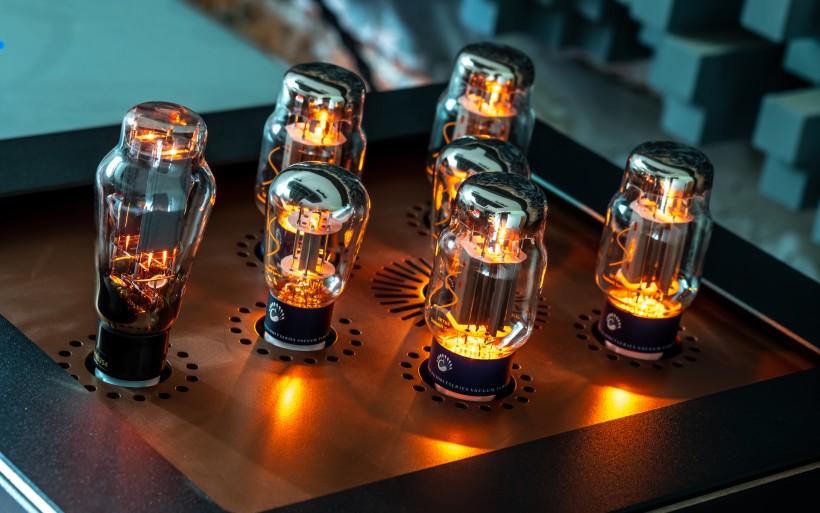 The Horizon360 manual specifies that a rectifier’s input on its sound is 10%, dual triodes score 40%, pentodes secure 20% and synergy between them is the remaining 30%. Needless to say, mixing and matching tubes to our liking is the clear motto in case of DACs such as this one. Since 6SN7s promised the most significant changes, I started today’s assessment from them. Some three back and forths between the two dual-tiode Psvane sets at my disposal sufficed to know where I was with each. ART TIII 6SN7s struck me as artsy indeed, in the sense that they emphasized tone, density and liberally connected, large and bold virtual sound sources. In spite of prioritizing these traits, ART TIII dual triodes were rather speedy and open, so didn’t feel stuffy at all. Well, at least not inside my Horizon360, which is by far the quickest-sounding and most dynamically intense DAC that I know. Considering this, I don’t think that tubes which could make this device predominantly cuddly, fuzzy and warm actually exist. Summit 6SN7s offered the exact opposite of that. Their behavior in comparison to the more affordable siblings was noticeably sportier; leaner, more agile, articulated, open, airier and precise. As such, these new 6SN7s clearly fancied technical aspects and had their tonal balance moved somewhat upwards. With them installed, my DAC produced color-wise a touch cooler sound that had the clear upper hand on bass control and reach, while the residual spatial blur with Vox monitors in my listening room was lower. The matter of color intensity and density is a subjective thing. Traits such as precision, openness etc. are not and I consider them foundational qualities. That said, ART TIII 6SN7s quickly struck me as muffled, slower and less orderly than their Summit siblings. This new lot also proved dynamically wider and spatially more specific. It also mixed in just a touch of acidity to keep things related to tone enjoyably fresh and juicy. While in that sense ART TIII 6SN7s were a touch overdone on sugar dosage, I imagine that they would be a nice fit for systems groomed for inherently skinny, nervous and overexposed sound. In mine however, Summit 6SN7s marked their presence in the way that was well pronounced and clearly superior.
The Horizon360 manual specifies that a rectifier’s input on its sound is 10%, dual triodes score 40%, pentodes secure 20% and synergy between them is the remaining 30%. Needless to say, mixing and matching tubes to our liking is the clear motto in case of DACs such as this one. Since 6SN7s promised the most significant changes, I started today’s assessment from them. Some three back and forths between the two dual-tiode Psvane sets at my disposal sufficed to know where I was with each. ART TIII 6SN7s struck me as artsy indeed, in the sense that they emphasized tone, density and liberally connected, large and bold virtual sound sources. In spite of prioritizing these traits, ART TIII dual triodes were rather speedy and open, so didn’t feel stuffy at all. Well, at least not inside my Horizon360, which is by far the quickest-sounding and most dynamically intense DAC that I know. Considering this, I don’t think that tubes which could make this device predominantly cuddly, fuzzy and warm actually exist. Summit 6SN7s offered the exact opposite of that. Their behavior in comparison to the more affordable siblings was noticeably sportier; leaner, more agile, articulated, open, airier and precise. As such, these new 6SN7s clearly fancied technical aspects and had their tonal balance moved somewhat upwards. With them installed, my DAC produced color-wise a touch cooler sound that had the clear upper hand on bass control and reach, while the residual spatial blur with Vox monitors in my listening room was lower. The matter of color intensity and density is a subjective thing. Traits such as precision, openness etc. are not and I consider them foundational qualities. That said, ART TIII 6SN7s quickly struck me as muffled, slower and less orderly than their Summit siblings. This new lot also proved dynamically wider and spatially more specific. It also mixed in just a touch of acidity to keep things related to tone enjoyably fresh and juicy. While in that sense ART TIII 6SN7s were a touch overdone on sugar dosage, I imagine that they would be a nice fit for systems groomed for inherently skinny, nervous and overexposed sound. In mine however, Summit 6SN7s marked their presence in the way that was well pronounced and clearly superior.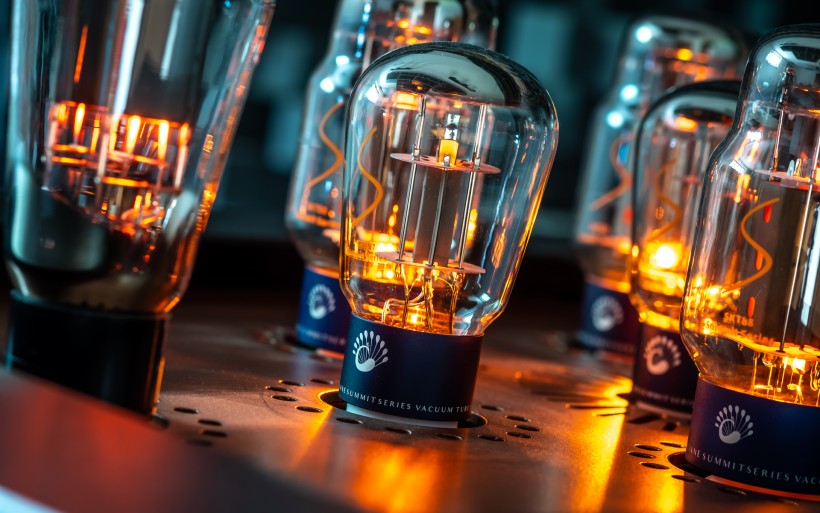 With dual 6SN7s out of the way, a quad of Summit KT88s was next in line. In comparison to their ART equivalents, I expected detecting differences somewhat similar to those as explained above. Bingo. These new KT88s also were primed for traits which manifested as tighter bass control, lower reach and harder blows there. There was also one highly appreciated change that didn’t register with 6SN7s. Since ART TIII KT88s were fluffier on bass and warmer, it would be fair to assume that this MO should also apply higher up in the audible range, but it didn’t. Summit KT88s produced more voluminous, closer and fleshier vocals that didn’t have that frosty feel to them. This particular trait of Summit KT88s made a substantial difference all by itself. This was also the proof of their higher-tiered sophistication and capabilities. So much so in fact, that I’d rate the magnitude of changes introduced by KT88 tubes in my DAC somewhat below 6SN7s, but not much.
With dual 6SN7s out of the way, a quad of Summit KT88s was next in line. In comparison to their ART equivalents, I expected detecting differences somewhat similar to those as explained above. Bingo. These new KT88s also were primed for traits which manifested as tighter bass control, lower reach and harder blows there. There was also one highly appreciated change that didn’t register with 6SN7s. Since ART TIII KT88s were fluffier on bass and warmer, it would be fair to assume that this MO should also apply higher up in the audible range, but it didn’t. Summit KT88s produced more voluminous, closer and fleshier vocals that didn’t have that frosty feel to them. This particular trait of Summit KT88s made a substantial difference all by itself. This was also the proof of their higher-tiered sophistication and capabilities. So much so in fact, that I’d rate the magnitude of changes introduced by KT88 tubes in my DAC somewhat below 6SN7s, but not much.
Lastly, if both ART TIII tube types were sensibly grounded and warm, while Summit specimens were largely quick, open and focused on technical traits, then combining their tiers should keep things nicely balanced. To my ears that wasn’t the case. It didn’t matter whether today’s 6SN7s were matched with ART TIII KT88s, or Summit KT88s with ART-tiered 6SN7s. My DAC was clearly the happiest exclusively with Summit-tiered tubes on board. Perhaps in a system built upon speakers and electronics different than mine the result would be different. Here and now however, I consider Summit KT88s and 6SN7s as tubes audibly better than their ART TIII siblings and most definitely worth spending the extra money on them. These Summit models secured easily traceable and wholly positive gains, so I see no reason not to.
Associated Equipment:
- Amplifier: Trilogy 995R, FirstWatt F7, Enleum AMP-23R
- DAC: LampizatOr Horizon360 (Stradi 5U4G + Psvane Art TIII 4x KT88 / 2x 6SN7)
- Speakers: Boenicke Audio W11 SE+, sound|kaos Vox 3afw
- Transport: Innuos Statement, fidata HFAS1-S10U
- Preamplifier: Trilogy 915R, Thöress DFP
- Speaker cables: Boenicke Audio S3, LessLoss C-MARC
- Headphones: HifiMan Susvara
- Speaker signal conditioning: LessLoss Firewall for Loudspeakers, Boenicke ComDev
- Anti-vibration conditioning: 6x Carbide Base Diamond (under streamer), 6x Carbide Base Micro Diamond with TwinDamp inserts and spikes (under DAC and pre), Vibra 68 (under speakers), 12x LessLoss Giant Steps (under streamer, DAC and pre)
- Interconnects: LessLoss Entropic Process C-MARC, Boenicke Audio IC3 CG
- Power components: Gigawatt PC-3 SE EVO+/LC-3 EVO, LessLoss C-MARC, LessLoss Entropic C-MARC, LessLoss Stellar C-MARC, LessLoss Power Distributor into Boenicke Audio Power Gate, ISOL-8 Prometheus
- USB components: AudioPhonique Desire USB
- Rack: Franc Audio Accesories Wood Block Rack 1+3
- Network: Fidelizer EtherStream, Linksys WRT160N
- Music: NativeDSD
Retail prices of reviewed components in EU (incl. VAT):
- Psvane Summit KT88 1/2/4pcs: $163/327/655
- Psvane Summit 6SN7 1/2/4pcs: $199/398/795
Manufacturer: Psvane


